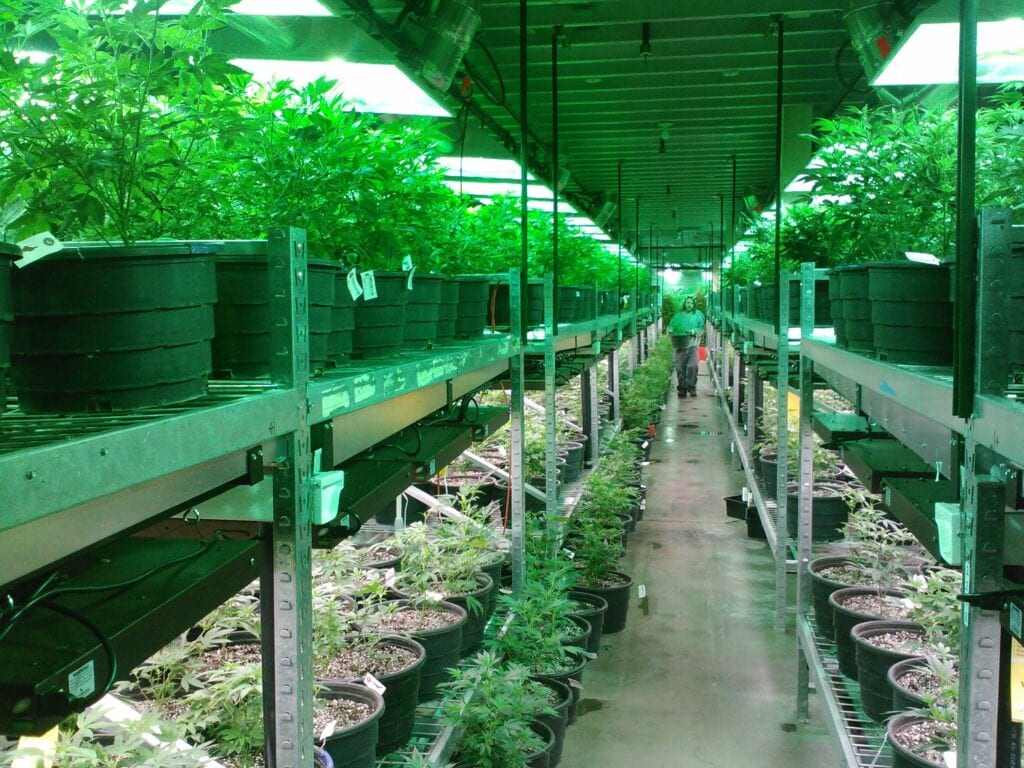The term marijuana and cannabis are often used interchangeably in the American Lexicon, however, according to the National Institute of Health, they are not the same. The word “cannabis” refers to all products derived from the plants Cannabis sativa or Cannabis indica.
The colloquial term, “marijuana,” typically refers to those parts of the plants, such as the buds and flowers, that contain substantial amounts of the main psychoactive chemical, tetrahydrocannabinol (THC).
The first evidence of cannabis dates back some 12,000 years ago in Central Asia.
From that time forward, cannabis seeds have traveled with nomadic peoples. The medicinal use of cannabis appeared before the Christian Era; it first appeared in China, Egypt, and Greece and later appeared in the Roman Empire. Western physicians who came into contact with Muslim and Indian cultures introduced Europeans to the medicinal use of cannabis.
Cannabis is a chemically-complex plant that contains at least 400 known compounds, the two primary compounds being delta-9-tetrahydrocannabinol (THC) and cannabidiol, which have opposite physical and mental effects.
Even though historians have shown that cannabis has been cultivated and used by humans for 6000 years, the current knowledge of various chemical properties is based on research which began in 1899. The first compound to be isolated in its purest form was cannabinol and for a time was erroneously thought to be a psychoactive compound.
Cannabidiol (CBD) and delta-9-tetrahydrocannabinol (d-9-THC), were discovered in the early 1960s in Israel by Professor Raphael Mechoulam and his colleagues. These remarkable discoveries laid the groundwork for modern cannabis-related medical research, and led to the discovery of the endocannabinoid system in1988. Consequently, many refer to him as the “father” of cannabis research.
What is the endocannabinoid system?
The endocannabinoid system (ECS) is made up of an immense, complex network of neurotransmitters and chemical receptors that are found throughout the human body. The “cannabinoid” receptors in the brain, called the CB1 receptors, outnumber many of the other types of receptors in the brain. They regulate the levels and activity of most of the other types of neurotransmitters. They do this using nearly instantaneous feedback, increasing or decreasing activity of the specific system that needs adjusting.
The ECS controls and modulates many critical functions such as memory and learning, how we process emotions, sleeping, temperature, pain, eating, and inflammatory and immune responses.
These receptors are stimulated by molecules produced in the body, called endocannabinoids, whose chemical makeup is similar to molecules in the cannabis plant. The first endocannabinoid that was discovered was named anandamide, derived from the Sanskrit word, “ananda”, which means bliss. Basically, the effect cannabis has on the body is a result of commandeering the endocannabinoid system.
The second type of receptors are called the CB2 receptors, which exist primarily in our immune tissues. They are crucial to modulating our immune system, and in part, are responsible for regulating the symptoms of inflammatory bowel conditions. CB2 receptors do not induce a “high” that is associated with cannabis stimulating CB1 receptors.
Scientific studies utilizing brain-imaging techniques have demonstrated that the administration of large doses of THC results in short-term memory loss, however short-term memory is restored with abstinence.
In the book Botany of Desire, author Micheal Pollan makes the case that cannabis is a plant that has “co-evolved” with humans and has played a key role in normal human brain activity.
He believes the act of forgetting helps the brain from becoming overloaded with the continuous onslaught of sensory data. In other words, if we didn’t forget certain information, our brain would be unable to properly function, and cannabis assists with tasks. This possibly opens the door for new treatments for patients with PTSD who can not get harmful, intrusive thoughts out of their minds.
Research of cannabis and the implications of its chemical properties have been stymied for years because it was illegal to even study the drug. Furthermore, studies on the endocannabinoid were first focused on providing the detrimental effects of an illegal drug. Fortunately, laws have changed and new research involving cannabis and the ECS may yield cures for many diseases.












